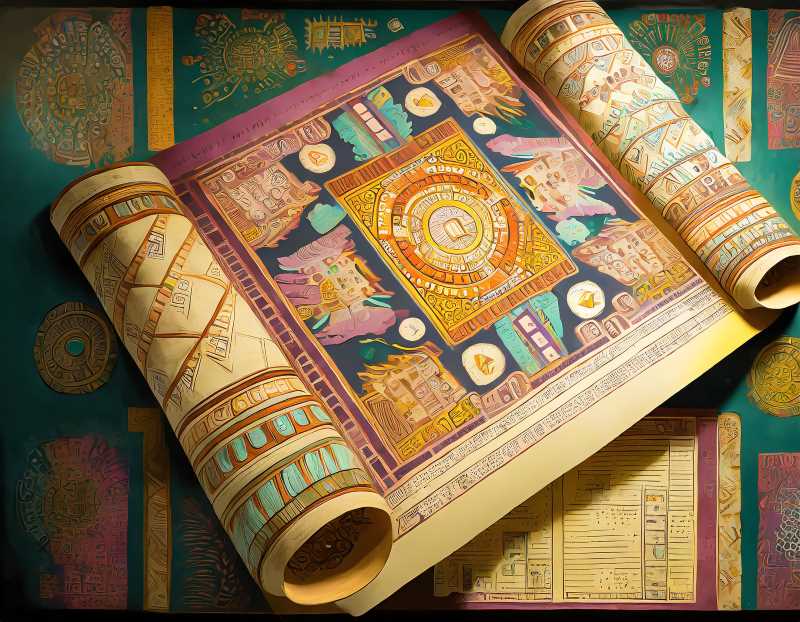How We Know About the Aztec Past
Unraveling Aztec history is like piecing together a vibrant mosaic. Indigenous sources include pictorial codices and Latin-written narratives, bridging two worlds. Spanish chroniclers like Sahagún and the likes capture the essence, while native accounts reveal a captivating past.

In the dimly lit corridors of history, the Aztec civilization looms like a mystery shrouded in enigma, beckoning us to uncover its secrets. As we delve into the annals of time, we can't help but ask ourselves: How do we truly understand the histories of this fascinating culture? The answer, my dear time-traveling readers, lies in the curious interplay of indigenous and Spanish sources. Strap on your time machines and let's embark on a journey to decode the world of Aztec history.
Our tale begins with a distinction that's as clear as the Mesoamerican sky: there are two main sources that weave the Aztec history. On one side, we have the indigenous sources, and on the other, the Spanish sources. But, even within these categories, there are more nuances than you can shake a feathered serpent staff at.




